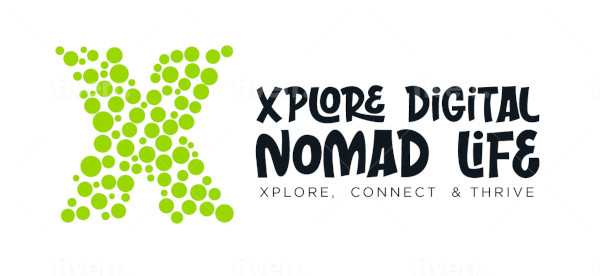The concept of this blog was inspired by a thought-provoking Facebook post calling all “soon-to-be digital nomads” to share their dreams of working and living abroad. As the conversation unfolded, it became evident that the term ‘digital nomad’ often conjures images of globetrotters hopping from one international destination to another. This perspective led me to question – isn’t it possible to embrace the digital nomad lifestyle within the confines of one’s own country?
Click Here to check out the post that started this idea in my head
Indeed, for the past two years, I have lived as a ‘Domestic Digital Nomad’ (DDN), proving that one does not need to cross international borders to enjoy the freedoms associated with this lifestyle. This blog aims to shed light on the DDN lifestyle, offering insights into how one can lead a nomadic life domestically, and contrasting it with the more commonly discussed International Digital Nomad (IDN) lifestyle.
The Domestic Digital Nomad (DDN) vs. International Digital Nomad (IDN)
Before diving into the pros and cons, let’s define our terms:
- Domestic Digital Nomad (DDN): A digital nomad who travels and works within their own country, exploring the diversity of landscapes, cultures, and experiences available domestically.
- International Digital Nomad (IDN): A digital nomad who takes their remote work across international borders, often seeking out new cultures, languages, and experiences far from their homeland.
Pros and Cons
Table 1: Domestic Digital Nomad (DDN) Pros and Cons
Pros | Cons |
No need for international travel visas. | Limited by the cultural diversity of one’s own country. |
Easier to navigate healthcare and banking systems. | Potential feelings of missing out on international experiences. |
Can maintain a closer connection to family and friends. | Less exposure to foreign languages and cultures. |
Familiar legal and business environment. | May encounter fewer networking opportunities with other nomads. |
Reduced travel costs and lower carbon footprint. | Possible limited access to some remote work communities and events. |
Table 2: International Digital Nomad (IDN) Pros and Cons
Pros | Cons |
Exposure to diverse cultures and languages. | Navigating different healthcare and banking systems. |
Greater opportunity for international networking. | Need for visas and managing visa durations. |
Potentially lower living costs in some countries. | Risk of cultural and legal misunderstandings. |
Enhanced personal and professional growth. | Increased travel costs and carbon footprint. |
Access to a broader range of experiences and workspaces. | Challenges in maintaining relationships with family and friends back home. |
A New Set of Destinations for DDNs and IDNs
The digital nomad lifestyle, whether domestic or international, opens up a world of possibilities. Here, we propose a fresh set of destinations tailored to each type:
- For DDNs: Consider exploring the vast landscapes of your home country, from bustling city centers to serene countryside retreats. For instance, in the U.S., cities like Austin, Texas or Asheville, North Carolina offer vibrant communities for nomads. Similarly, the UK’s countryside, with spots like the Lake District or Cornwall, provides peaceful escapes with ample opportunities for remote work.
- For IDNs: The world is your oyster, but consider places known for their digital nomad communities, such as Bali, Indonesia, Chiang Mai, Thailand, or Lisbon, Portugal. These destinations offer not only the infrastructure needed for remote work but also a chance to immerse yourself in new cultures and experiences.
The digital nomad lifestyle is not a one-size-fits-all; it’s a spectrum that ranges from the domestic to the international.




